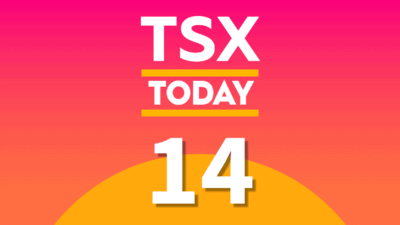It is often said that if something seems too good to be true, it probably is. Right now, Potash Corporation of Saskatchewan Inc. (TSX:POT)(NYSE:POT) has a dividend yield of about 7.9%. For a commodity-based company whose key product has plunged 41% since 2012, this certainly seems too good to be true.
Potash Corp., however, assures investors it is not too good to be true. In fact, during a recent investor presentation, Potash Corp.’s CEO stated they are not only committed to maintaining their current dividend, but they also believe they can maintain the dividend with potash prices all the way down to $200 per tonne.
In Q3 2015, potash prices were $250 per tonne, and a $50 decline would require a significant negative shift in the market. Here’s why investors should have confidence in Potash Corp.’s dividend projections.
1. The market is unlikely to weaken to $200 per tonne
Potash Corp.’s CEO certainly did not seem bullish on near-term potash prices at the presentation. He did, however, seem confident that the potash market would be stabilizing in 2016.
He is likely right about this. Firstly, from the demand side, things are certainly positive—global potash demand is expected to grow from 59 million tonnes this year to between 60 and 65 million tonnes next year (depending on the forecast used). This year was the second-best year on record for potash demand, and it is very possible that 2016 could be the best.
On the supply side—where the real pessimism lies—the picture is not as negative as some would believe and certainly not negative enough to cut prices by $50 per tonne. Producers have expressed the desire to be disciplined with supply. Potash Corp. cut production by 500,000 tonnes; Mosaic cut the same amount; both Uralkali and BPC have also announced shutdowns to help match supply to demand.
2. Potash Corp. is reducing its capital expenditures
Potash Corp. is wrapping up several major expansion projects, so its capital expenditures will come down and its free cash flow will come up to support its dividend.
Currently, Potash Corp. is completing its three million tonne, $2.8 billion expansion to its Rocanville mine, which will be done in the second half of 2016. It is also completing its 1.8 million tonne expansion at Picadilly, which should be finished in 2017.
The end result is that Potash Corp.’s capital expenditures will drop from $1.25 billion this year to $800-900 million next year, then down to $700 million in 2017. The $700 million in 2017 represents sustaining capital expenditures, and this should be the amount spent annually going forward since all of the growth initiatives will be over. Potash Corp. could bring this down to $600 million if necessary, but it is unlikely to go lower.
This means Potash Corp. will be seeing its costs come down by as much as $600 million over the next few years.
3. Potash Corp. is reducing its operating expenses
In Q3 2015, Potash Corp. had costs of US$81 per tonne. These are already some of the lowest costs in the world, and since 2013 Potash Corp. has reduced its costs by $23 per tonne in Canadian dollar terms (from $136 to $113 per tonne). Half of this is from the weakness in the Canadian dollar, and the other half is from improvements in efficiency.
This number is set to come down heavily. In 2016 the Rocanville expansion will come into operation, and this mine has operating costs of US$45-50 per tonne—by far Potash Corp.’s lowest-cost mine—and some estimate it is the lowest-cost mine in the world. It will also be the largest mine in the world.
Potash Corp. intends to use this to its advantage by running Rocanville at full capacity as well as its other low-cost operations. This will allow Potash Corp. to further bring down its expenses, which will help to support the dividend.
The end result of these factors is that investors can have faith in Potash Corp.’s projection that the dividend is safe down to $200 per tonne. Potash Corp. is also comfortable with the fact that a move down to $200 per tonne—while possible—is unlikely.
 Stock Up Sale
Stock Up Sale







